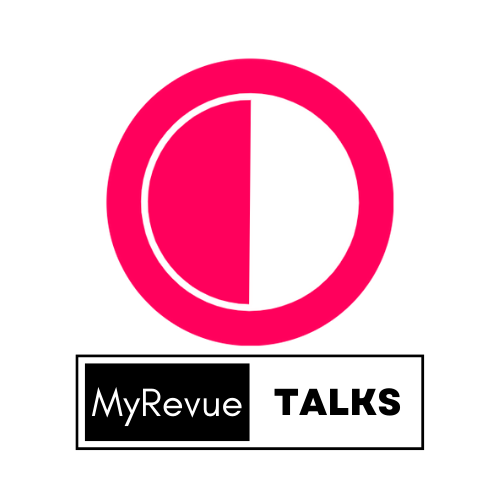User-Generated Content and User Surveys
(UGC) and user surveys are two valuable tools that businesses can use to gather insights and feedback from their customers.

Written by Shivangi
Updated on 16/07/2023
<p class="MsoNormal">User-generated content (UGC) and user surveys are two
valuable tools that businesses can use to gather insights and feedback from
their customers. While UGC allows customers to share their experiences and
opinions voluntarily, user surveys provide a structured approach to collecting
specific information. Here's how UGC and user surveys complement each other:<o:p></o:p></p><p class="MsoNormal"><br></p>
<p class="MsoNormal">Diverse feedback sources: UGC and user surveys provide
different sources of feedback. UGC captures organic, unsolicited feedback from
customers who choose to share their experiences and opinions. User surveys, on
the other hand, allow businesses to collect targeted feedback on specific
aspects of their products, services, or customer experience. The combination of
UGC and user surveys provides a more comprehensive view of customer sentiment
and preferences.<o:p></o:p></p><p class="MsoNormal"><br></p>
<p class="MsoNormal">Spontaneous insights vs. targeted responses: UGC captures
spontaneous insights from customers, reflecting their genuine experiences and
opinions. It allows customers to freely express their thoughts and share
unfiltered feedback. User surveys, on the other hand, provide a structured
approach to gather targeted responses to specific questions. User surveys allow
businesses to ask specific questions and collect quantitative or qualitative data
that can be analyzed more systematically.<o:p></o:p></p><p class="MsoNormal"><br></p>
<p class="MsoNormal">In-depth narratives vs. structured data: UGC often includes
in-depth narratives and stories from customers, providing rich context and
qualitative insights. UGC-driven narratives can uncover underlying motivations,
emotions, and detailed experiences. User surveys, on the other hand, provide
structured data that can be analyzed quantitatively. Surveys help businesses
gather measurable data points and track trends over time.<o:p></o:p></p><p class="MsoNormal"><br></p>
<p class="MsoNormal">Identifying trends and patterns: Both UGC and user surveys
help businesses identify trends and patterns in customer feedback. UGC can
provide anecdotal evidence of emerging trends, highlight common pain points, or
showcase positive experiences. User surveys allow businesses to collect data in
a structured manner, making it easier to identify patterns and analyze trends
more quantitatively.<o:p></o:p></p><p class="MsoNormal"><br></p>
<p class="MsoNormal">Real-time feedback vs. targeted insights: UGC often captures
real-time feedback from customers as they share their experiences
spontaneously. This real-time feedback can be useful for immediate insights and
addressing pressing issues. User surveys, on the other hand, allow businesses
to target specific areas of interest and gather insights at a scheduled time,
providing a more focused approach to gathering feedback.<o:p></o:p></p><p class="MsoNormal"><br></p>
<p class="MsoNormal">Qualitative and emotional insights: UGC often provides
qualitative and emotional insights that capture the customer experience in a
more nuanced way. UGC-driven narratives can reveal the emotional impact of a
brand or product, helping businesses understand the deeper motivations and
connections customers have. User surveys can also capture qualitative insights
through open-ended questions, but they can also gather quantitative data that
enables more precise measurement and comparison.<o:p></o:p></p><p class="MsoNormal"><br></p>
<p class="MsoNormal">Amplifying customer voices: Both UGC and user surveys allow
businesses to amplify customer voices. UGC gives customers a platform to share
their experiences and opinions with a wider audience, showcasing the diversity
and authenticity of their voices. User surveys allow businesses to gather
feedback from a broader range of customers, ensuring that different
perspectives are heard and considered.<o:p></o:p></p><p class="MsoNormal"><br></p>
<p class="MsoNormal">By combining UGC and user surveys, businesses can gather a
comprehensive set of insights and feedback from their customers. UGC provides
spontaneous, qualitative, and emotional insights, while user surveys offer
targeted, structured, and measurable data. The integration of both approaches
enables businesses to understand customer sentiment, identify trends, and make
data-driven decisions to improve their products, services, and customer
experience.<o:p></o:p></p>
<p class="MsoNormal"><o:p> </o:p></p>
